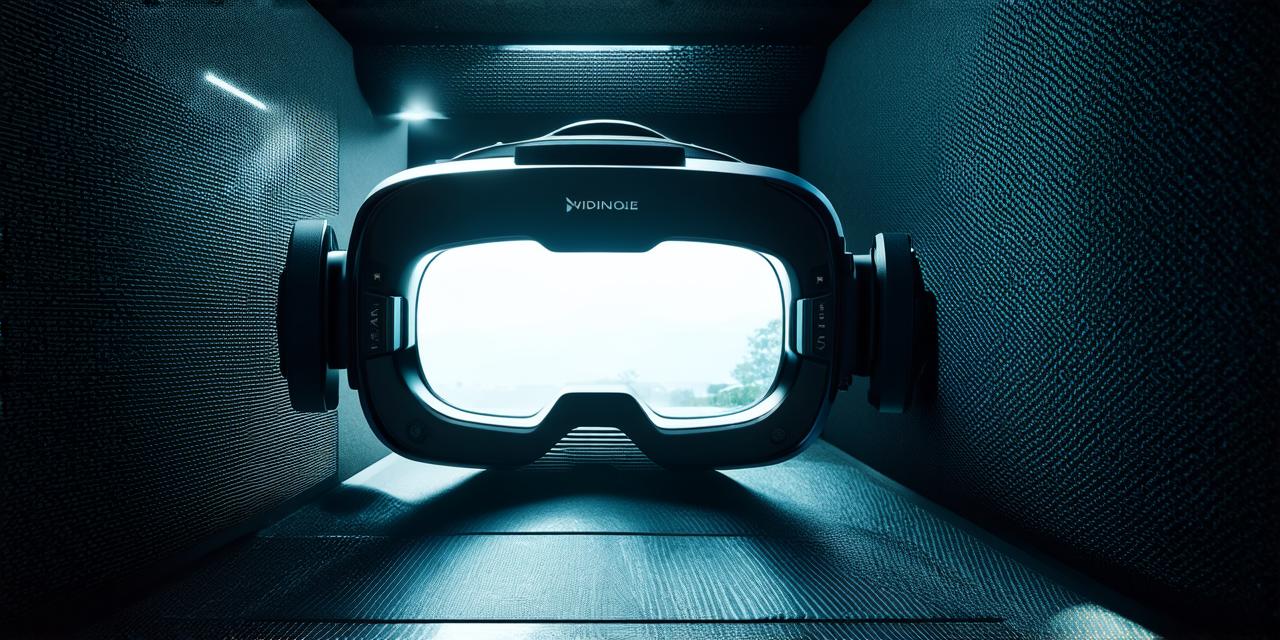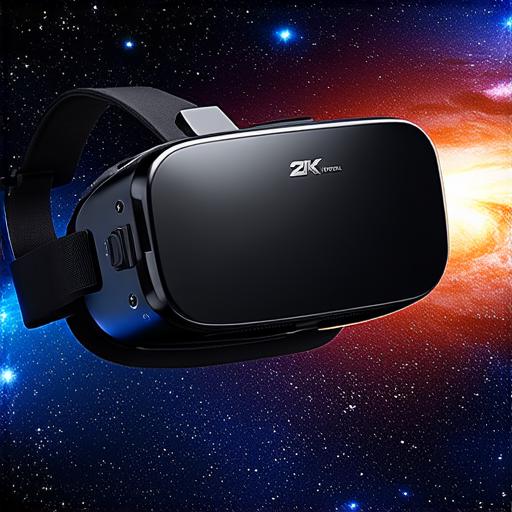
What is an example of virtual reality?
Virtual Reality (VR) is a revolutionary technology that provides users with an immersive experience by simulating a computer-generated world.
This cutting-edge technology allows users to interact with their environment in ways they never could before. To achieve this, VR devices such as headsets, gloves, and controllers track movements and create a 3D environment around the user.
Virtual reality has gained significant popularity across various fields including gaming, education, healthcare, and tourism.
In gaming, VR enables players to step into their favorite video game worlds and interact with characters in ways they never could before. For example, “Beat Saber” is a popular VR game that requires players to wear headsets and controllers while slashing through virtual blocks to the beat of music.
In education, VR can be used to create virtual field trips or simulations that allow students to experience real-world environments without leaving the classroom. This technology has the potential to make learning more engaging and interactive.

Additionally, healthcare professionals have started using VR for therapy and rehabilitation by creating realistic simulations of physical injuries or disabilities.
Tourism is another industry that has benefited from VR technology. Virtual tours allow users to explore popular destinations without having to leave their homes. Furthermore, ancient ruins that are too dangerous or inaccessible to visit in person can be explored virtually.
One of the key advantages of VR technology is its ability to create a sense of immersion and presence. Users feel like they are truly in the virtual environment, which can lead to increased engagement and a more realistic experience. This has led to some incredible applications for VR technology. For instance, NASA has used VR to train astronauts for space missions, and surgeons have used VR to practice procedures before performing them on real patients.
Despite its many benefits, virtual reality is not without its challenges. The cost of the equipment needed to create and experience virtual environments can be high. VR headsets range from a few hundred dollars to several thousand, and high-quality computers and other devices are also required.
Additionally, there is still much work to be done in terms of improving the user interface and creating more realistic and immersive experiences.
In conclusion, virtual reality technology has the potential to revolutionize many industries. Whether you’re a gamer, an educator, or a healthcare professional, there are plenty of ways to use VR to enhance your experiences and achieve your goals. As technology continues to advance, we can expect to see even more amazing applications for virtual reality in the future.


